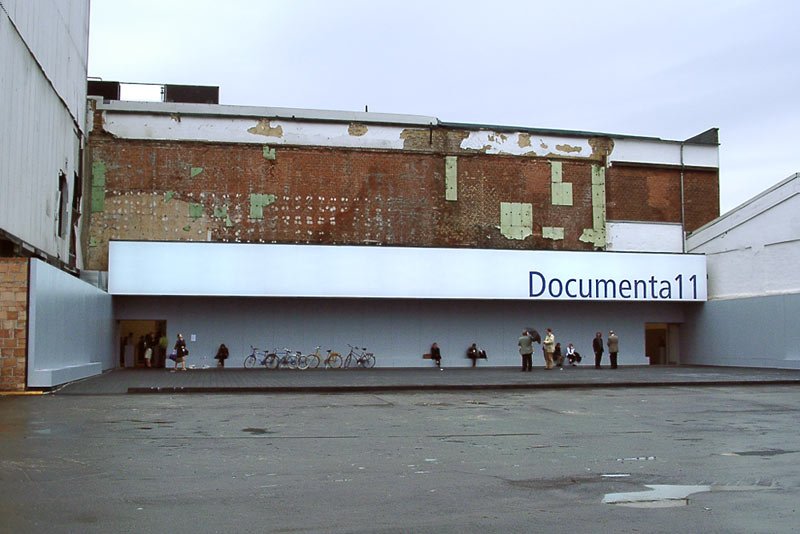Documenta 11, held in 2002 under the direction of Okwui Enwezor, is now considered one of the most significant milestones in early 21st-century contemporary art. Unlike previous editions, centered on Kassel, Enwezor designed the event as a set of five debate platforms and curatorial practices spread worldwide and held at different times. This gesture was not merely logistical or curatorial; it represented a profound repositioning of contemporary art as a global field.
The event challenged the notion of universality based on the Euro-North American axis. For a long time, the dominant narrative of contemporary art structured the Global North as the center and the Global South as periphery or derivation. By decentralizing Documenta 11 across platforms in New Delhi, Lagos, St. Kitts (Caribbean), and Vienna, Enwezor made visible the plurality of perspectives that had been marginalized. Art reception in this model became processual, distributed, and open to intercultural dialogue.
Documenta 11: Epistemic shift and critical debates
In this context, Documenta 11 inaugurated an epistemic shift. Rather than just exhibiting works, it became a critical forum where artists, curators, intellectuals, and activists debated pressing issues. They addressed postcolonialism, migration, human rights, state violence, and tensions between globalization and local identity.

Flow, 2002
Six-channel video and sound installation, approximately 8 minutes 40 seconds
Documenta 11, Kassel
By placing these topics at the heart of the event, Enwezor changed audience expectations. He showed that art was not only an aesthetic object, but also a tool for critically reading the world.
Another key aspect was the attention to ecological issues. While the art of the 1960s and 1970s experimented with nature-related practices, Documenta 11 reframed ecology in political terms. It was not merely about reflecting landscapes, but about discussing relationships between environmental exploitation, colonialism, and global capitalism. Ecology became an arena of contestation for the planet’s future, anticipating debates that would dominate international contemporary art twenty years later.
The decolonial paradigm also found fertile ground in Documenta 11. By challenging the singular authority of Western narratives, Enwezor and his team offered recognition to epistemologies and aesthetics from Africa, Asia, and Latin America. More than giving “voice to the other,” Documenta 11 demonstrated that these “others” had long been producing voices and visions, silenced only by hegemonic legitimization systems. The event acted as a device of symbolic rebalancing, not by including exotica, but by acknowledging multiple modernities and contemporaneities.
Global impact and legacy
The Global North-South relationship stopped being seen only as center and periphery. It became a field of negotiation, tension, and interdependence. Many works went beyond representing local identities. They functioned as conceptual propositions, engaging universal issues while keeping historical specificity.
Documenta 11 remains a milestone because it redefined contemporary art’s function. It is no longer about producing market objects or consolidating formal styles, but offering critical languages that interrogate reality. The event demonstrated that art can be forum, archive, critique, pedagogy, and collective knowledge construction, opening the way to a broader understanding of contemporary art as a situated, plural practice in constant negotiation with the world’s dilemmas.



